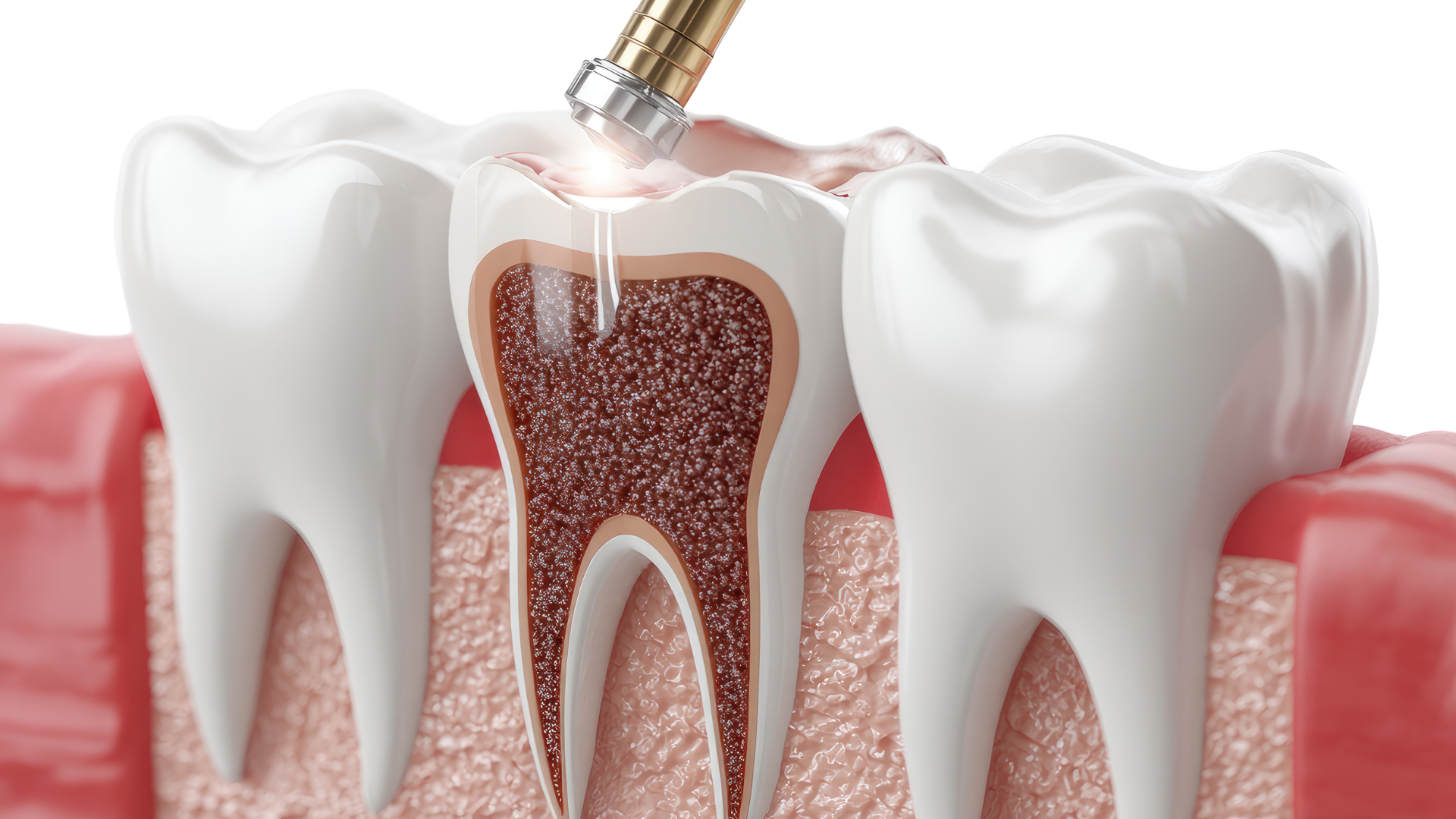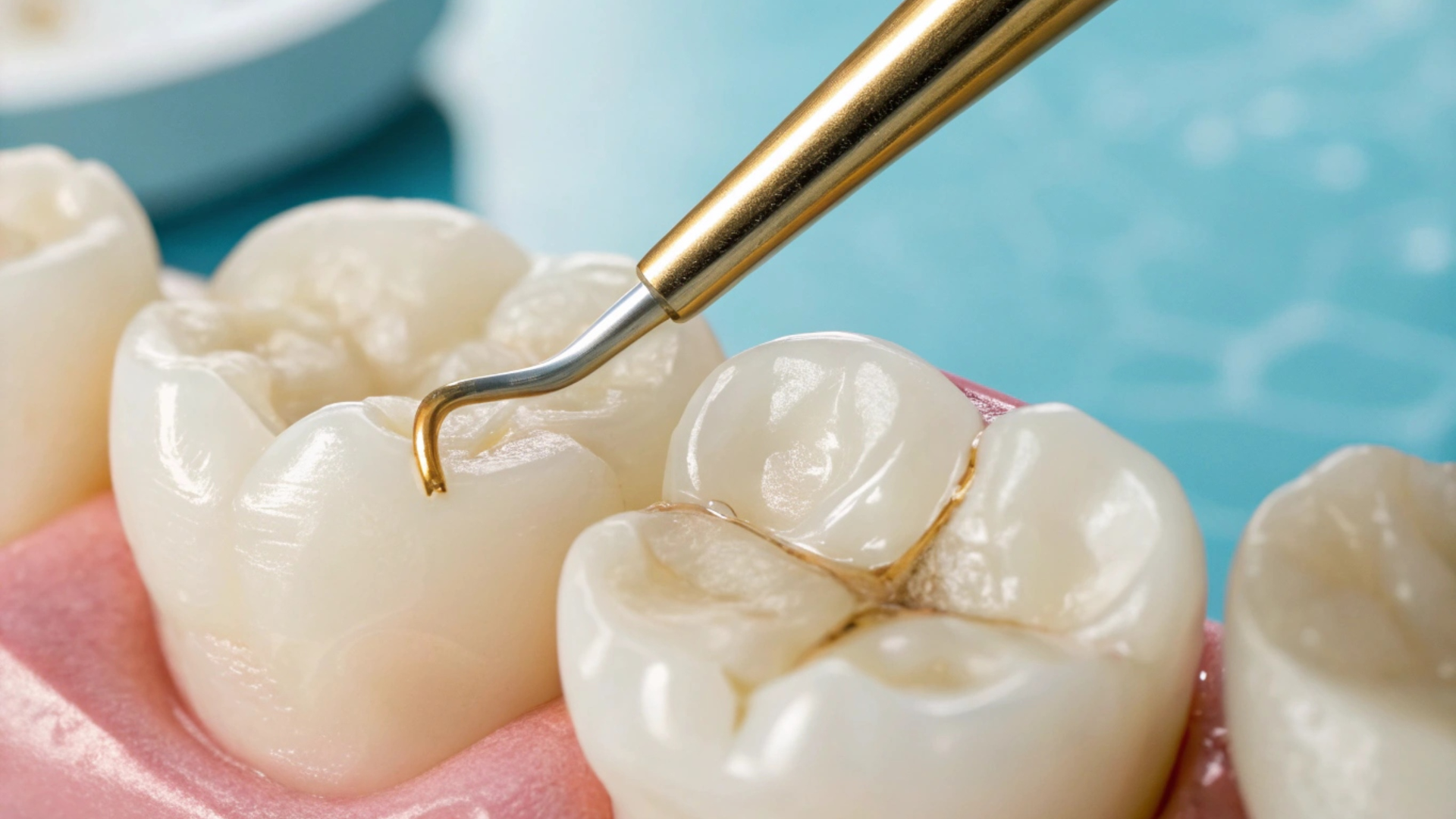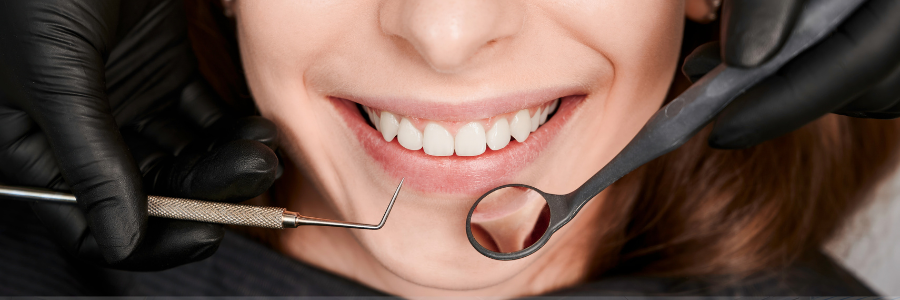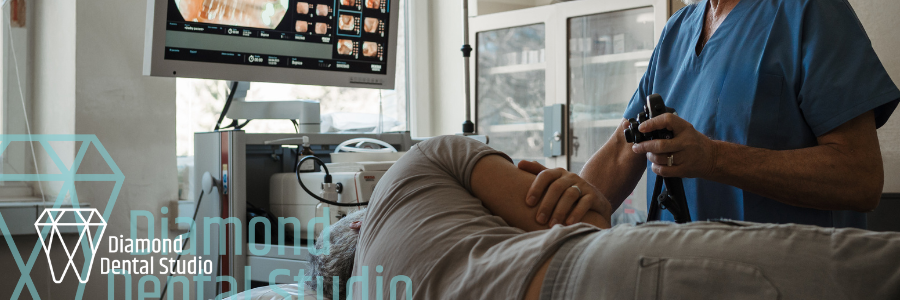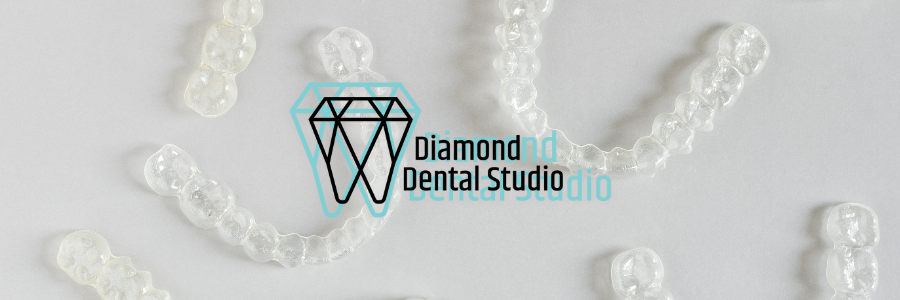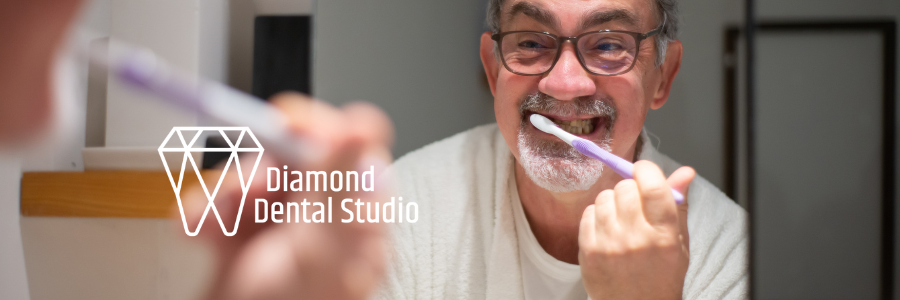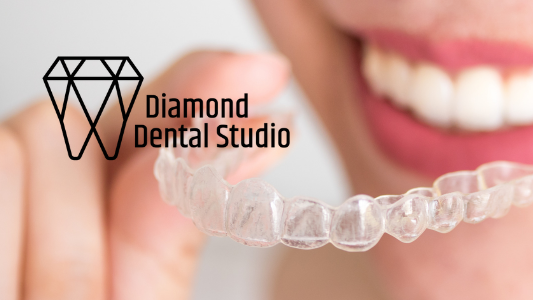How Does Laser Dentistry Work: A Comprehensive Guide
The Science Behind Laser Dentistry
How Lasers Work in Dentistry
Laser dentistry is when dental professionals use lasers (extremely focused light beams) instead of their regular dental tools. Laser dentistry offers precise control , allowing dentists to selectively target the affected area without damaging the surrounding healthy tissue. This precision reduces the need for traditional drilling techniques, which can be a source of anxiety for many patients.Types of Lasers Used
There are several types of lasers used in dentistry, each with its specific applications:- Diode Lasers : Commonly used for soft tissue procedures such as gum reshaping and lesion removal.
- Erbium Lasers : Suitable for both hard and soft tissue applications, including cavity preparation and bone surgery.
- CO2 Lasers : Primarily used for soft tissue surgeries due to their high absorption by water and minimal damage to surrounding tissues.
Safety Measures in Laser Dentistry
Safety is paramount in laser dentistry. Dentists and patients must wear protective eyewear to shield their eyes from the laser beams. Additionally, the dental team follows strict protocols to ensure the laser is used correctly and safely. Regular maintenance and calibration of the laser equipment are essential to maintain its efficacy and safety.Laser dentistry has rapidly evolved and is now widely available as a cutting-edge treatment option for numerous dental issues, providing patients with benefits and exceptional results.
Common Procedures Using Laser Dentistry
Laser Teeth Whitening
Laser teeth whitening is a popular procedure that uses laser technology to enhance the whitening effects of bleaching agents. The laser activates the whitening gel, allowing quicker and more effective results than traditional methods. Patients often see noticeable improvements in the brightness of their teeth after just one session.Gum Disease Treatment
Laser technology is highly effective in treating gum disease. The laser can precisely target and remove infected gum tissue while promoting healthy tissue regeneration. This minimally invasive approach reduces bleeding, swelling, and discomfort during and after the procedure.Cavity Detection and Treatment
Lasers are also used for the detection and treatment of cavities. They can identify early signs of tooth decay that might be missed by traditional methods. Once detected, lasers can remove the decayed portion of the tooth with high precision, often eliminating the need for anesthesia.Laser dentistry offers a range of effective and minimally invasive procedures, making it a preferred choice for many dental treatments.

Benefits of Laser Dentistry
Minimally Invasive Procedures
Laser dentistry offers a minimally invasive alternative to traditional dental treatments. This approach ensures that procedures are often pain-free or require less anesthesia. Patients can expect reduced bleeding and swelling, making the experience more comfortable.Reduced Healing Time
One of the standout benefits of laser dentistry is the significantly reduced healing time. Using laser energy, dentists can promote faster cell regeneration and tissue repair. This means that patients experience less post-operative pain and swelling, allowing them to recover quicker and return to their daily routines.Enhanced Precision and Control
Laser dentistry utilizes focused light energy to perform dental procedures with unparalleled precision and efficiency. This precise approach guarantees better results and minimizes the potential for unnecessary damage or discomfort. San Diego dentists are increasingly adopting this technology to provide exceptional patient care.Over the years, laser dentistry has rapidly evolved and is now widely available as a cutting-edge treatment option for numerous dental issues, providing patients with benefits and exceptional results.
For those seeking advanced dental care, laser dentistry in San Diego offers a promising solution with numerous benefits and exceptional outcomes.
Patient Experience with Laser Dentistry
Pain Management and Comfort
One of the most significant advantages of laser dentistry is its enhanced comfort. Due to the precision of the laser, patients often report minimal to no pain during procedures , which reduces the need for traditional dental tools. This can be particularly beneficial for those with dental anxiety.Procedure Duration
Laser dentistry procedures are typically quicker than traditional methods. The focused light energy allows for more efficient treatment, often resulting in shorter appointment times. This efficiency can be a major convenience for patients with busy schedules.Post-Treatment Care
Post-treatment care following laser dentistry is generally straightforward. Patients may experience less swelling and bleeding, leading to a faster recovery. Here are some common post-treatment care tips:- Avoid hot and spicy foods for the first 24 hours.
- Maintain good oral hygiene but be gentle around the treated area.
- Follow any specific instructions provided by your dentist.
The minimally invasive nature of laser dentistry often results in a more comfortable and quicker recovery than traditional methods.
Comparing Laser Dentistry to Traditional Methods
Effectiveness and Efficiency
Laser dentistry offers precise control, allowing dentists to selectively target the affected area without damaging the surrounding healthy tissue. This precision reduces the need for traditional drilling techniques, which can be a source of anxiety for many patients. The key benefits of laser dentistry are precision, healing time, and sterilization.Cost Comparison
The cost of laser dentistry may vary depending on the procedure, the case's complexity, and the dental practice's geographical location. However, in many cases, laser dentistry is comparable in cost to traditional dental treatments.Patient Outcomes
Laser dentistry significantly reduces healing time compared to traditional methods. Using laser energy, dentists can promote faster cell regeneration and tissue repair. This means that patients experience less post-operative pain and swelling, allowing them to recover quicker and return to their daily routines.Laser dentistry guarantees better results and minimizes the potential for unnecessary damage or discomfort.

